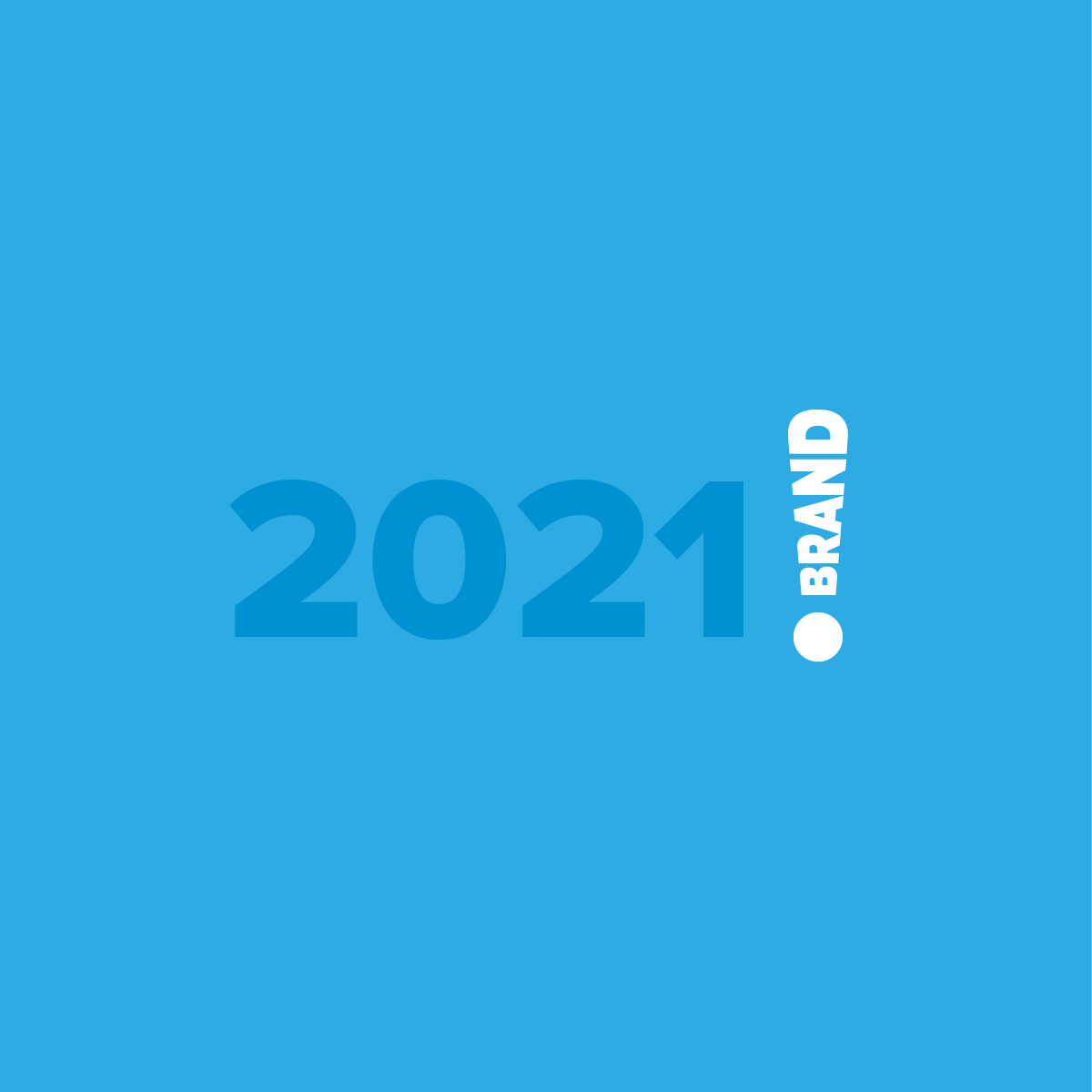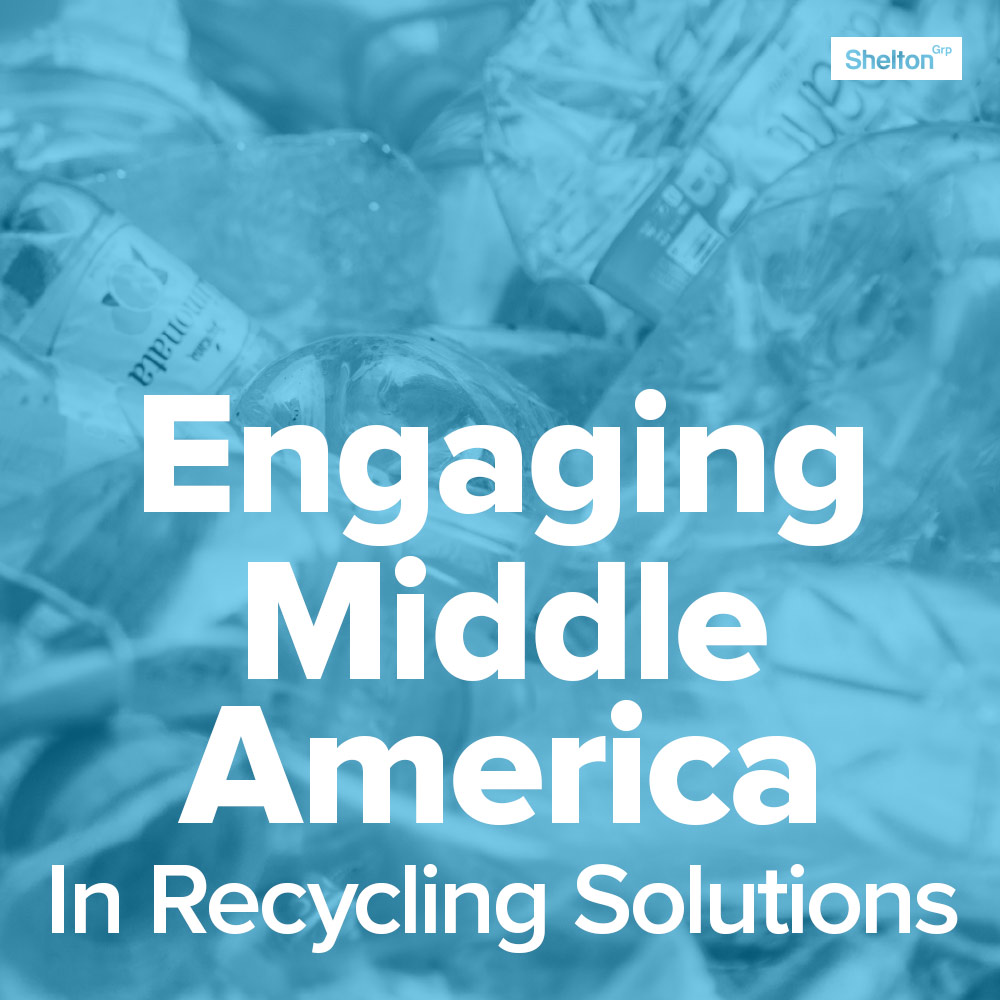The Good List — a brief history and two takeaways for your company
Shelton Stat of the Week
26% of Americans can name a brand they’ve purchased – or not purchased – because of its social or environmental record.
One of the trends we’ve been tracking over the last decade is the way Americans have moved towards putting their wallets where their values are — intentionally buying from, or avoiding, certain companies’ brands and products because of the organizations’ environmental and social record. We were interested to see how the “Good List” has changed over time, so we compared our word clouds of the brands that Americans have named — unaided — as examples of purchases made on purpose because of the brands’ environmental or social record. Here are a couple of things we learned:
- Although Americans don’t have it nailed — there are still brands that make the “Good List” that don’t deserve to be there — they have gotten a bit savvier. The 2021 list, when compared to the 2015 and 2016 lists, shows a little more knowledge and thoughtfulness. Back in 2015 and 2016, it seemed Americans just named every brand they happened to buy as an example of a good brand. (If I buy from them, they must be good, right?) Whereas now, more of the examples given actually do have a credible environmental or social commitment they’re getting credit for.
- In 2013 and 2014, we asked the question in terms of “environmental and social record” and overwhelmingly got brands that were known as green leaders. In 2021, when we asked the question separately — that is, asking for examples of brands purchased because of the environmental record of the manufacturer and again for the environmental or social record — we got really different results. That tells us, again, Americans have gotten savvier and can differentiate between brands that stand for a social commitment versus brands that stand for an environmental commitment. And, as I say in the video above, social trumps environmental commitments in the minds and hearts of Americans right now.
Want to learn more about what it takes to get your company or brand on the Good List? Click here to download my latest presentation. Happy viewing!

Position your brand for a stronger year In 2021
— Forbes
In this article, Forbes looks at ways brands can become stronger in these times of uncertainty. One of the most important ways is to demonstrate that people and purpose matter most. Purpose has always been important, but now more than ever, consumers are loyal to brands that actively work through their products, services and influence to make the world better and have a positive impact. Brands that won in 2020 communicated hope, unity, optimism and solutions. The author adds, “Consumers expect brands to take action and communicate in a way that makes things better, and they expect people and communities to be at the heart of everything you do.” Read more...

The boom in ESG shows no signs of slowing
— Bloomberg
Bloomberg reports that investor demand for environmental, social and governance products is surging. “The numbers are simply astounding,” the article says, noting that governments, corporations and other groups raised a record $490 billion last year selling green, social and sustainability bonds. Peter Krull, founder of Earth Equity Advisors, which oversees a fund devoted to sustainable investing, pointed to a Morgan Stanley report that said 95% of millennials were interested in sustainable investing as recently as 2019, up 9 percentage points from 2017. “That’s a lot of buying power, and it helps explain why the biggest fund-management firms in the world...are flooding the market with ESG-focused funds.” Read more...
Engaging Middle America In Recycling Solutions
Before COVID-19, 41% of Americans wanted to be seen as someone who buys green products, and many could cite an example of a brand they’d purchased (or not purchased) because of the environmental record of the manufacturer. Now, in the middle of the pandemic, the numbers have dropped dramatically. The big question is, what does this mean for engaging Americans in their number one green activity: recycling? Another question is, what does it mean for companies’ sustainability brand?
Our latest report answers these questions by digging into current consumer attitudes, how they impact consumer behavior, and how organizations should respond to ensure recycling – and other green behaviors – keep happening.


-
TAGS:Energy & Environmental Marketing